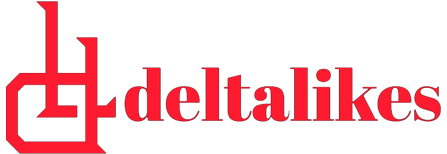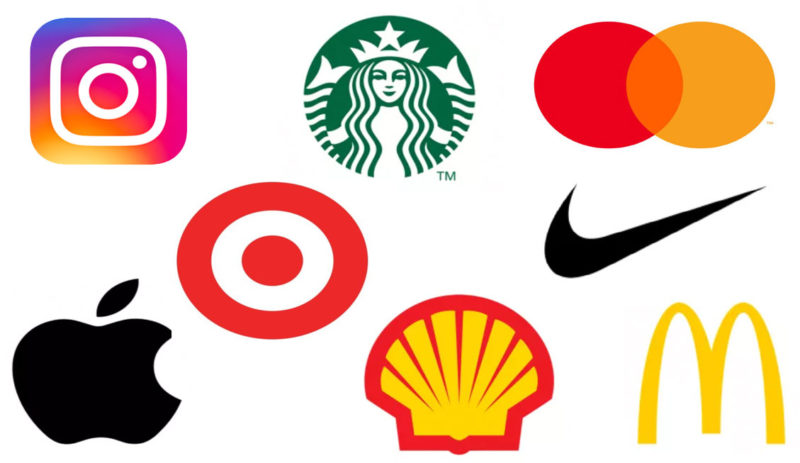Textless logos are the images of wholes that ooze confidence. Ditching an organization name is simply wise if shoppers recognise associate degreed answer the look parts that form up the brand identity. If so, a textless symbol are often utilized as an iconic, powerful visual shorthand, commanding global brand recognition and transcending language. It’ conjointly good for digital application, that means some younger app-based corporations are ready to be a part of the ranks of way more established brands with their identifiable textless logos.
once a inarticulate symbol is acquainted enough, it will facilitate a world superbrand seem more personal and fewer corporate. while not an organization name shouting its presence, a ‘visual shorthand’ brand style also can evoke a additional immediate, impulsive reaction, particularly sensible for app-based corporations that wish you to click more typically (eh, Instagram?).
scan on as we tend to explore the large brands that created the choice to drop the corporate name from their logos (also see our post on the most effective TV logos for more logo inspiration). wish to understand a way to make out yourself? Here’ our how to design a logo guide.
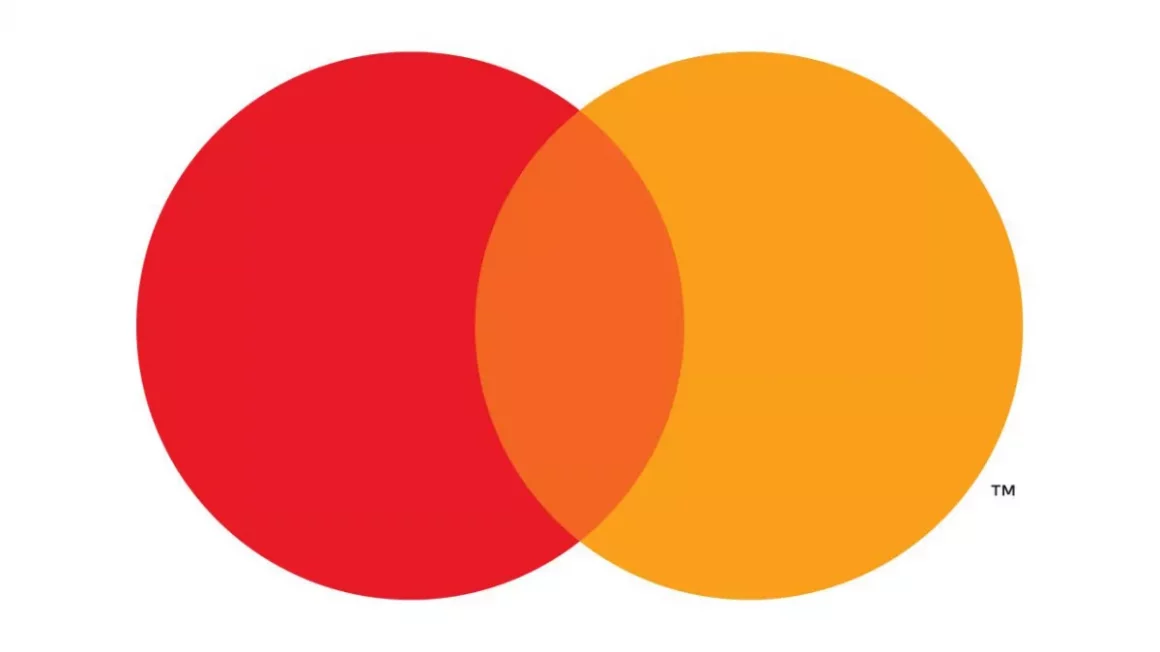
Mastercard
star rebranded Mastercard in 2016, dropping the wordmark from the emblem and inflicting quite splash. In doing therefore, Mastercard was regenerate for the digital house with the removal of the, currently dated, Mastercard font that accustomed sit atop the logistician diagram-like circles. The visually impactful graphic was already so identifiable that lifting off the words felt sort of a no-brainer.
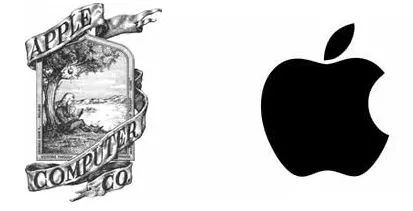
Apple
Apple has with pride sported a inarticulate brand mark for many years – you have got to travel all the approach back to 1984 to search out its name anyplace close to its logo.
Ronald Wayne at first selected to represent Apple pc Co with a woodcut-style illustration of known apple enthusiast patriarch Newton, sitting beneath the tree wherever he reportedly received his fruity inspiration for gravity.
to mention it didn’t last long, in disapproval terms, would be an underestimation – the subsequent year, Rob Janoff’ painting bitten apple replaced it. The rainbow apple maintained the wordmark till 1984 once it finally became wordless. whereas it’s conjointly since lost its rainbow stripes, that silhouette has remained constant through thick and thin.
Now, it’ nearly unbelievable for this trailblazing champion of minimalist style to jot down its name next to its logo. Why wouldn’t it ought to?
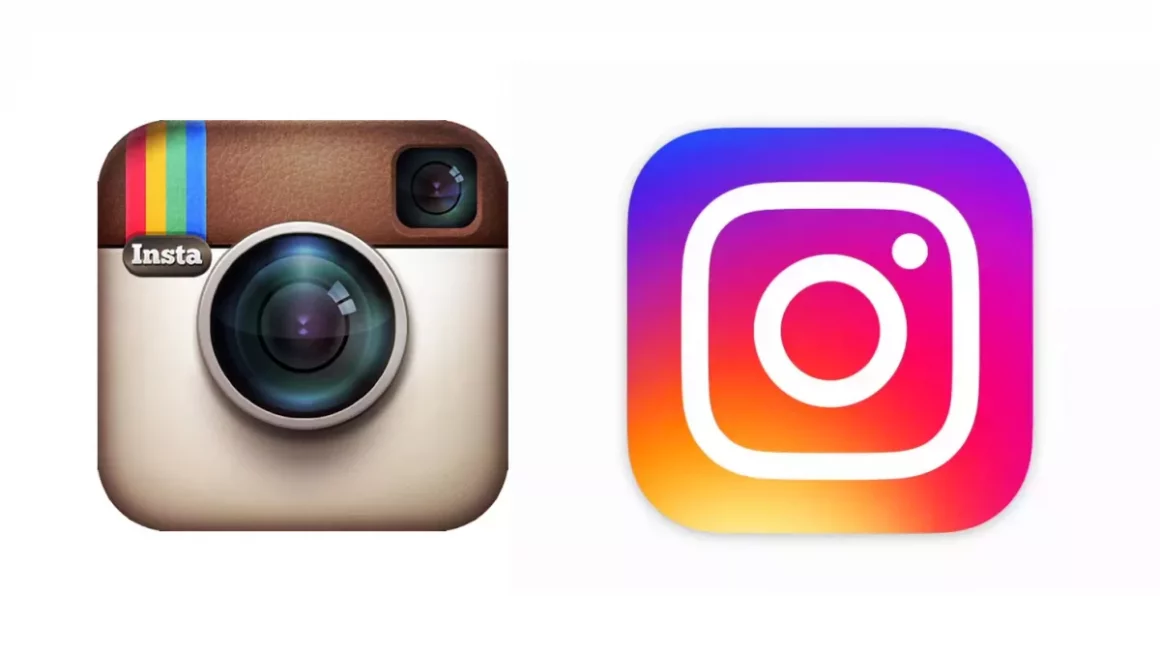
tho’ Instagram may be a comparatively young company (compared to a number of the stalwarts on this list), as a result of it’s associate degree app-based brand, it’s been elevated into the realm of truth disapproval heavyweights with its textless logo. Since the user interacts with the app icon therefore consistently, Insta has had abundant less want to ever use its wordmark because the icon itself is so implanted into client consciousness. this suggests it’ ne’er dropped it with a fanfare within the approach different brands have, associate degreed has perpetually relied additional heavily on its icon.
based in 2010, Instagram has been through some incarnations of its camera icon, with the analogue camera finally born in 2016 in favour of the modern, chemical element aesthetic used now.
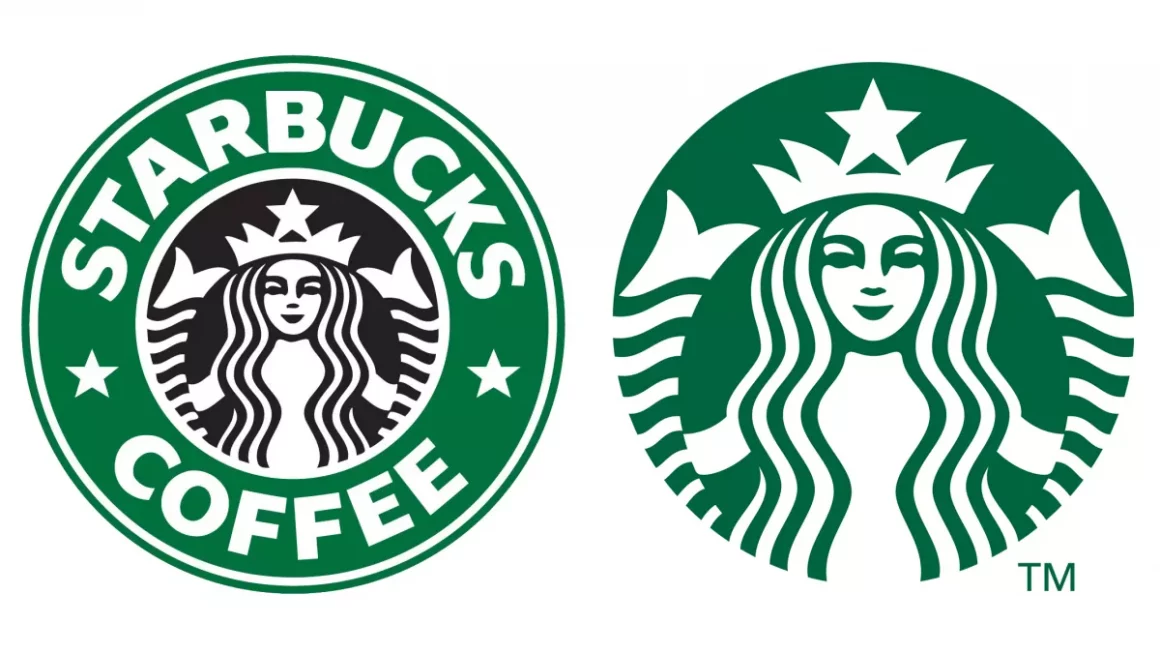
Starbucks
A imaginary being is also an unlikely association with low, however Starbucks established it firmly enough to drop its name
Seattle’ world-conquering coffee chain boasts a desirable story behind its logo. the corporate was named when Captain Ahab’ officer in Moby Dick, that the original brand designer Terry trouble maker determined to draw on a 16th-century Norse woodcut of a two-tailed imaginary being for inspiration.
Starbucks’ siren has been re-crafted many times since the corporate was based in 1971, however it wasn’t till Lippincott’ 2011 rebrand that she was trustworthy to shoulder the lion’ share of the world chain’ disapproval equity.
Dropping ‘coffee’ from the name mirrored diversification, but dropping ‘Starbucks’ entirely showed true confidence within the painting mark’ instant familiarity to low lovers round the world. scan additional concerning the iconic Starbucks logo.
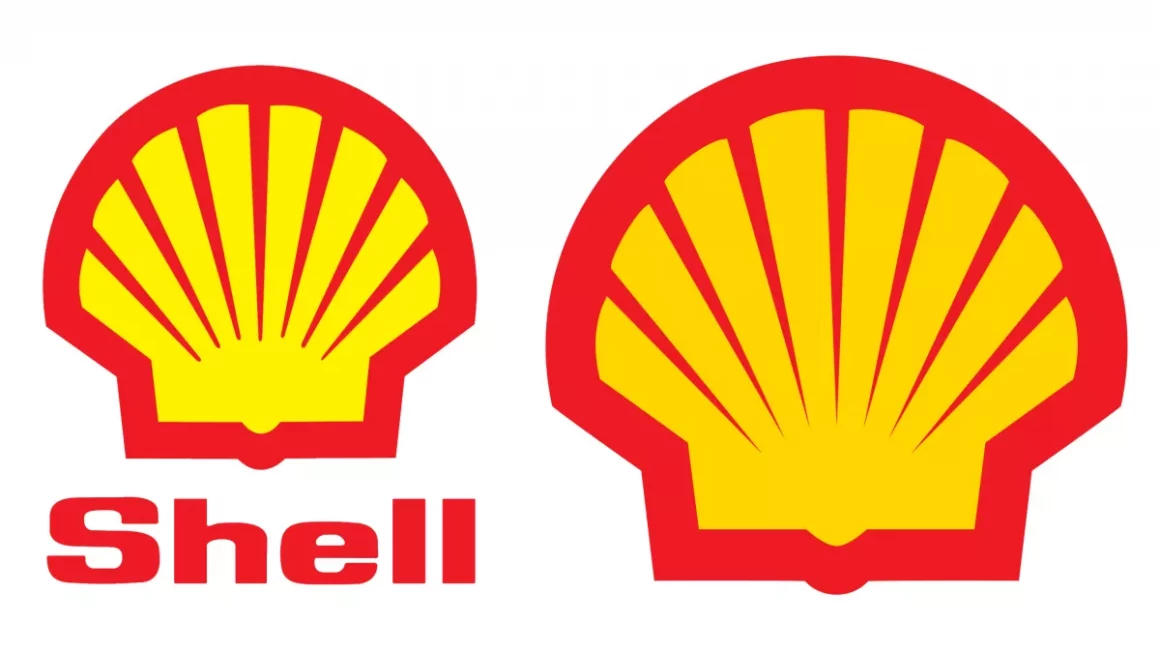
Shell
It’ perpetually getting to take time for punters to link a two-tailed imaginary being with a caffeinated liquid – however the very fact that there’ no logical link there provides Starbucks a distinctively ownable association to make from scratch.
Sometimes, however, a brand’ name lends itself utterly to representational process – creating that visual shorthand abundant easier to establish. Apple is one example, and Shell is another. In fact, it’ one thing of a trailblazer within the world of inarticulate logos: from 1900 till 1948, a realistically drawn black-and-white shell did all the work.
Shell’ realistic scallop shell in 1900 (far left) became additional artificial in future iterations in 1904, 1909 and 1930
The red-and-yellow combination was step by step introduced into Shell’ service stations – and was finally incorporated into the emblem itself, aboard the corporate name, in 1948. The shell became progressively daring and stylised, and by 1999 it had accumulated enough brand equity to face alone once again.
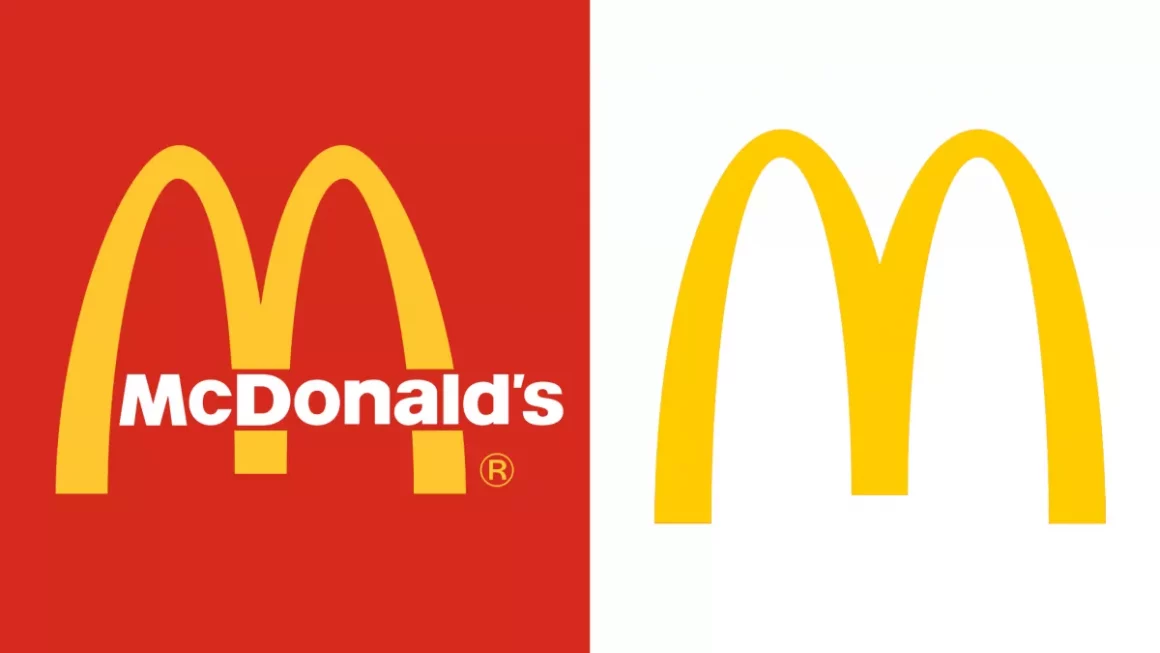
McDonald’
McDonald’ distinctive Golden Arches once incorporated the company name – they currently have the facility to stand alone
Once a distinguished study feature of its restaurants, the Golden Arches 1st created their approach into McDonald’ brand in 1961 – before that point, the sustenance chain’ text-heavy logos incorporated taglines resembling ‘McDonald’ noted barbecue’ (1940) and ‘McDonald’ famous hamburgers… obtain ’em by the bag’ (1948).
In 1968, the Golden Arches adopted their contemporary kind – with the corporate name overlaid at the bottom. This approach was refined additional in 1975 with the distinctive red background, and lots of different variants were introduced in several contexts. The tagline ‘I’m lovin’ it’ made an look in 2003, associate degreed went on to exchange the corporate name across several whole touchpoints.
Decades of presence had given the Golden Arches image all the brand equity, confidence and international recognition it required to face alone by 2006, while not the company name, any concomitant slogans, or any graphic treatments to talk of – simply a pared-back, flat-colour ‘M’ that’s signally McDonald’.
additional recently, McDonald’ has even more frisky in its promoting confidence, resembling with these billboards that don’t even show the complete logo, and these type-only ads.
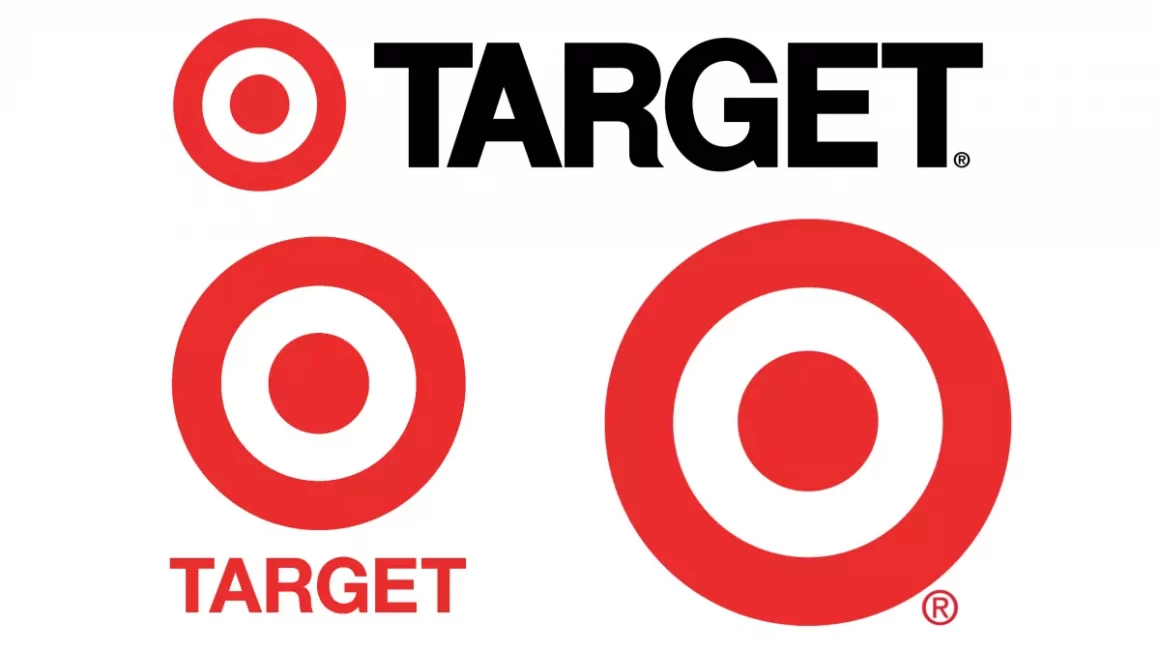
Target
Target has experimented with varied relationships between image and wordmark over the years
Like Shell and Apple, Target has the great fortune to possess visual shorthand baked right into its company name. In fact, the whole mark functioned while not the corporate name as way back as 1968, once the North American nation merchant refined and simplified its original six-ringed target, that had the company name overlaid across the centre, to the pure three-ringed symbol we all know today.
However, the company name was re-introduced in 1975, and whereas the distinctive target was retained, it absolutely was shrunk to a way less dominant scale and was scaled to match the peak of a chunky black all-caps wordmark.
the stress was reversed once more in 2004, once the wordmark was scaled to match the diameter of a much larger target image which, since 2007, has been wide utilized in isolation, even as it absolutely was in 1968. during this case, the whole equity within the brand was there all the time – it simply took the boldness to bring it back.
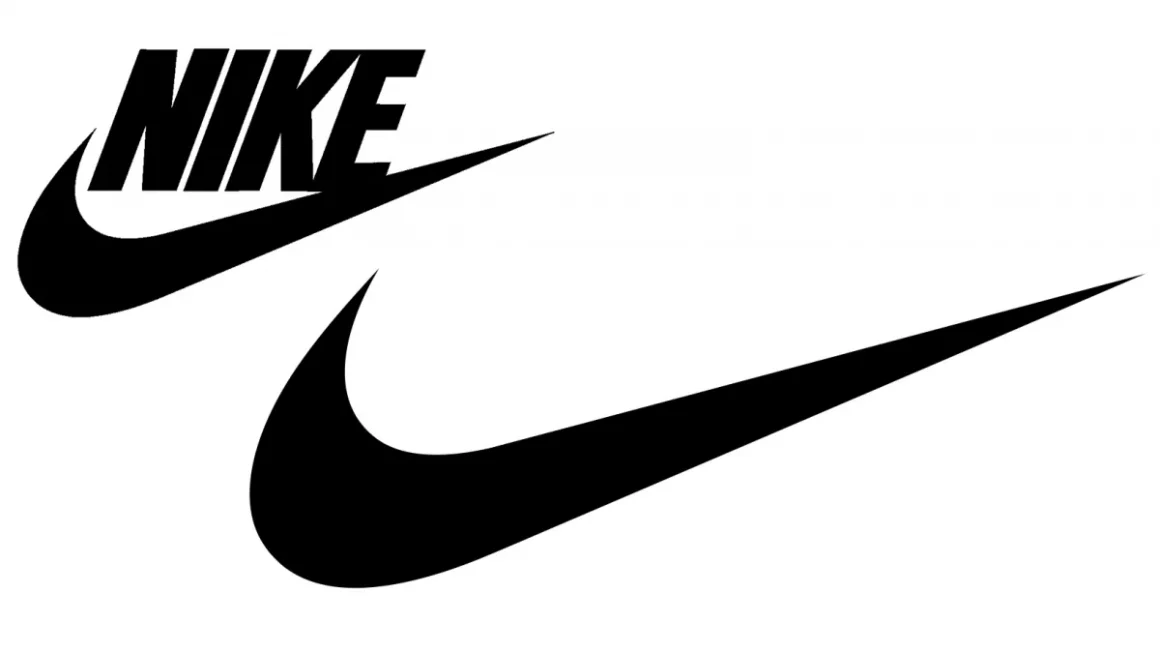
Nike
latched up with a wordmark till the mid-90s, the go currently stands alone mutually of the world’ most painting whole marks
once style student Carolyn Davidson sketched the Greek deity go in 1971 for the princely total of $35, very little did she comprehend it would maintain to become one among the world’ most instantly identifiable textless logos.
till the mid-90s, associate degree italicised all-caps wordmark in chunky Futura daring accompanied it, however the go ultimately became such an iconic mark in its claim that the requirement to state the brand it represents became redundant.
Of course, the common factors that all of those examples share may be a immense promoting budget and international ubiquity, therefore building layers of that means and whole association into a textless character could appear relatively straightforward for them. however even the world’ biggest brands had to start out somewhere – and their success stories prove the long-run price of any brand investment equity in its mark.

